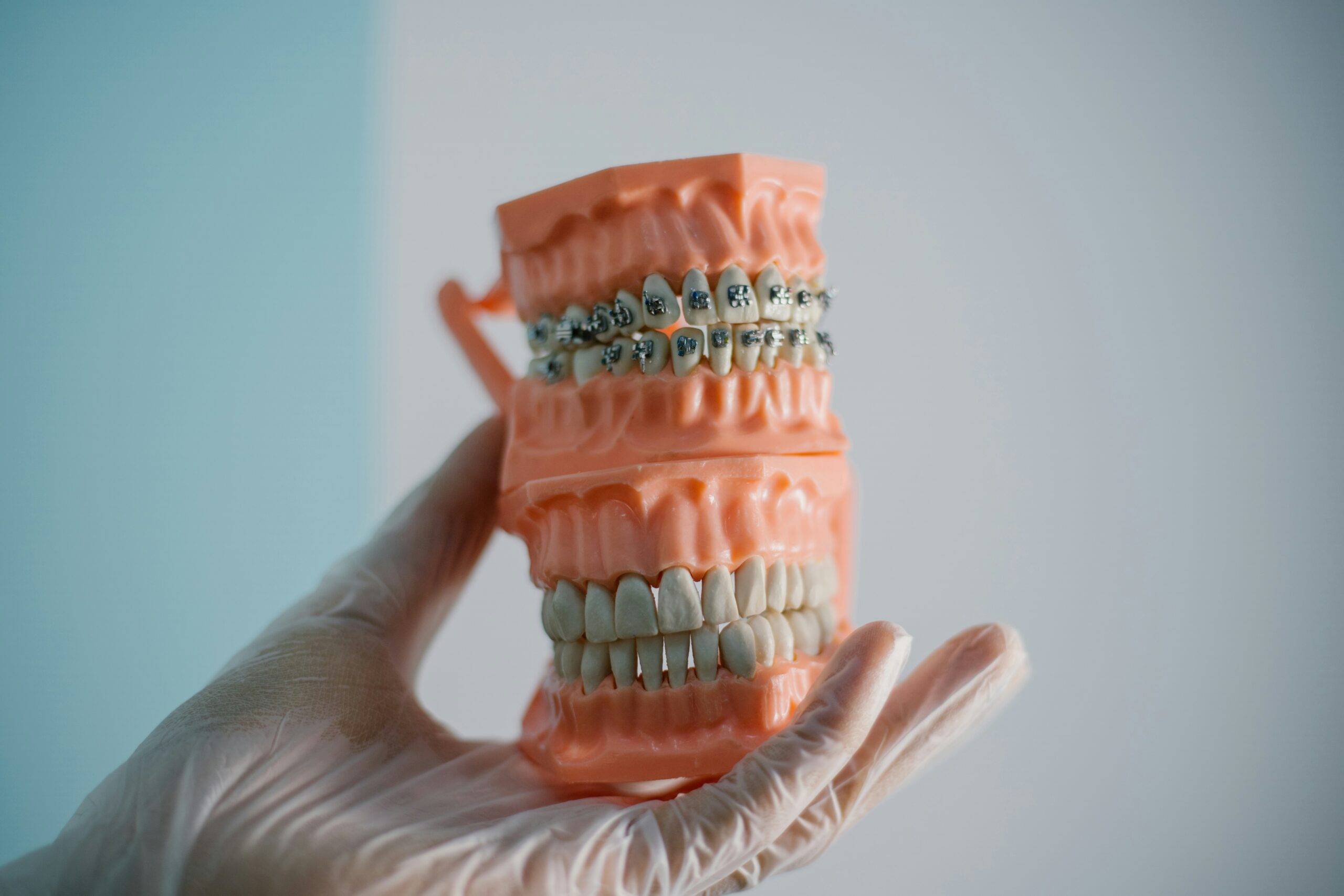
A Revolution Brewing in the Dentist’s Chair
For years, dentistry has relied on molds, impressions, and long waiting times to create crowns, bridges, and dentures. But walk into a modern dental clinic today, and you might find something straight out of science fiction—a 3D printer quietly crafting a brand-new tooth. This isn’t just a flashy upgrade; it’s a shift that’s redefining patient care, accessibility, and precision in oral health.
From Clay Molds to Digital Scans
Not long ago, getting a dental crown meant biting into uncomfortable impression trays, waiting days (sometimes weeks) for a lab to produce the final product, and hoping it fit perfectly. Now, digital scanners capture every contour of a patient’s mouth in minutes. Those scans become data, which a 3D printer uses to build a new tooth layer by layer. The result? Perfectly fitted restorations—often made and installed in a single visit.
Speed Meets Precision
Time has always been a big factor in dental care. Traditional restorations require multiple appointments, each involving adjustments and refittings. With 3D printing, that’s changing. Imagine breaking a tooth during lunch and walking out of your dentist’s office with a perfectly matched replacement before dinner. Clinics equipped with in-house 3D printers can produce crowns, bridges, and aligners in hours, not weeks. That means fewer appointments, less discomfort, and faster relief for patients in pain.
Personalization Like Never Before
3D printing’s magic lies in customization. Every patient’s mouth is unique, and so are their needs. Unlike mass-produced dental products, 3D printing allows dentists to create highly personalized solutions—whether that’s a crown that fits like a glove or orthodontic aligners that move teeth with gentle precision. This technology takes personalization to a new level, improving both comfort and results.
Take aligners, for example. Invisalign’s rise to popularity was fueled by 3D printing. Each aligner is tailored precisely to the wearer’s teeth, designed to make micro-adjustments that traditional braces can’t match as smoothly. Patients not only get straighter teeth but also do so with less irritation and more confidence.
Reducing Costs Without Cutting Corners
One of the biggest benefits of 3D printing in dentistry is its potential to make care more affordable. Conventional dental labs are expensive to operate, and shipping materials or outsourcing adds to the cost. A 3D printer, however, uses digital files and biocompatible resins that are relatively inexpensive. By cutting out middlemen and reducing material waste, clinics can pass those savings on to patients—making advanced dental care more accessible to more people.
Even for dentists, it’s a game-changer. Smaller clinics that once couldn’t afford the time or expense of lab work can now handle complex restorations internally. The result? A more efficient practice, happier patients, and fewer financial barriers to essential dental care.
Beyond Teeth: Printing Bone and Gums
While 3D printed crowns and aligners are already common, researchers are pushing boundaries even further. Scientists are experimenting with bio-printed materials that could one day regenerate gum tissue or jawbone lost to disease or injury. Imagine a future where a dentist doesn’t just repair your teeth—they help your mouth regrow what was lost.
These advancements could transform how dentists treat serious conditions like periodontal disease or bone loss before implants. While this is still in experimental stages, early results are promising. It’s a glimpse into a world where technology and biology merge to restore smiles more naturally than ever before.
The Human Touch Still Matters
Despite all the excitement, one thing hasn’t changed—the importance of the human element in dentistry. No matter how advanced a 3D printer becomes, it can’t replace the expertise, empathy, and intuition of a skilled dentist. Technology enhances their capabilities; it doesn’t replace them.
Patients still want reassurance, understanding, and trust. A perfectly printed crown is useless if a patient feels rushed or unheard. The best dentists are using 3D printing not as a shortcut, but as a tool to spend more time focusing on what matters most—patient comfort and long-term care.
Looking Ahead: A Smile Toward the Future
The future of dentistry is brighter—and faster—than ever before. As 3D printing technology continues to evolve, it promises not only better outcomes but also a more seamless, patient-friendly experience. Imagine a clinic where a cracked tooth is scanned, designed, and replaced—all before your coffee gets cold. That’s not a fantasy; it’s the direction dentistry is heading.
As materials become more advanced and printers more affordable, even small-town practices will be able to offer world-class treatments. Combine that with artificial intelligence and digital health records, and the result will be a fully integrated, efficient, and highly personalized dental experience.
Final Thoughts
3D printing isn’t just a tool—it’s a turning point. It’s making dental care faster, more precise, and more human-centered. For patients, that means less waiting, fewer appointments, and results that feel—and look—natural. For dentists, it opens up new creative possibilities to treat patients with greater precision and empathy.
So, the next time you’re in the dentist’s chair and your doctor mentions “printing your crown,” remember—you’re not just fixing a tooth. You’re witnessing the future of dentistry, one perfectly printed smile at a time.